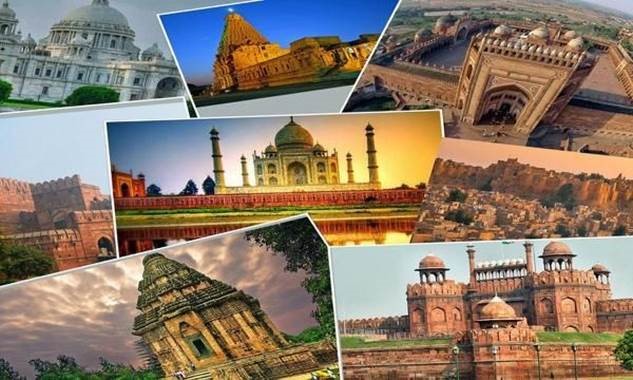Free Courses Sale ends Soon, Get It Now


Free Courses Sale ends Soon, Get It Now



Disclaimer: Copyright infringement not intended.
Context
Details
Background
Delisting Decision
Legal Basis
Untraceable monuments
Factors Contributing to Monumental Loss:
ASI's Responsibilities and Actions:
Lost Monuments in India
Number of Lost Monuments:
Status of Missing Monuments:
MUST READ ARTICLES:
https://www.iasgyan.in/daily-current-affairs/ancient-monuments-act
|
PRACTICE QUESTION Q. The classification of monuments as "untraceable" reflects the challenges faced in preserving India's rich historical heritage amidst rapid development and changing priorities. Discuss. (250 Words) |
© 2024 iasgyan. All right reserved